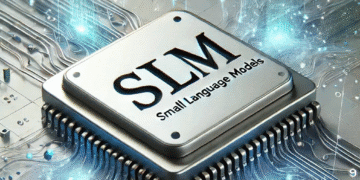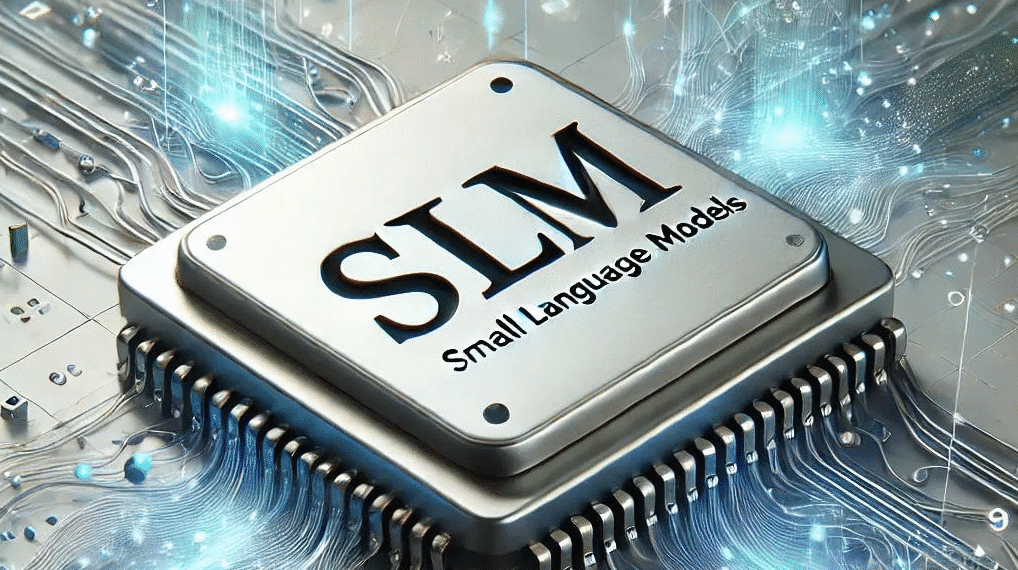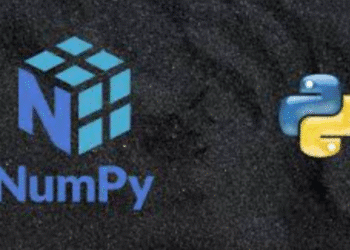Athira Sethu
Kochi, 18 August 2025
Big AI models are employed everywhere, from coding to data analysis to interaction with users. They are referred to as large language models (LLMs). They are strong but require a lot of data, memory, and computing resources. Many believe that the larger the model, the better.
But now, small language models (SLMs) are altering that notion. SLMs are significantly smaller than LLMs. They typically contain less than 30 billion components (referred to as parameters), whereas large models such as GPT-4 consist of hundreds of billions. Despite the fact that they are diminutive, SLMs are capable of performing helpful activities in business, healthcare, retail, and more.
How SLMs Work
SLMs are learned in a wiser, more efficient manner. Rather than learning everything, they learn only what they need for a specific job. This is how it works:
- Knowledge distillation: One small model is trained by a big model, similar to a student being taught by a teacher.
- Quantization: Large numbers are converted into smaller ones in order to make the model faster.
- Pruning: Elements of the model that are unnecessary are eliminated to make it smaller.
- Sparse attention: The model only sees important words, not all.
SLMs also operate using high-quality, specific data. For instance, a medical SLM just trains on medical documents, not novels or news.
SLMs on Devices (Edge AI)
SLMs may be deployed on devices near where the data is gathered—such as a drone, factory robot, or phone. This is “edge computing.” It implies:
- Quick responses (in milliseconds)
- Does not require internet
- Saves on data cost
- Private data is secure
Real-World Applications
SLMs are already applied in numerous industries:
- Healthcare: SLMs are utilized by hospitals to compose and verify medical records without transferring information to the cloud.
- Manufacturing: SLMs assist in detecting product faults on the factory floor itself.
- Finance: Banks utilize SLMs to detect fraud while maintaining data privacy.
- Retail: SLMs are utilized in stores to assist customers in real time.
Making a Decision Between SLMs and LLMs
Use LLMs when you require an intelligent model that can perform a variety of tasks and you don’t care about using cloud servers.
Use SLMs when you require quick, private, and purpose-built AI that can be used offline or on small devices.
SLMs are making AI more practical, cost-effective, and secure, without having to be large.





















